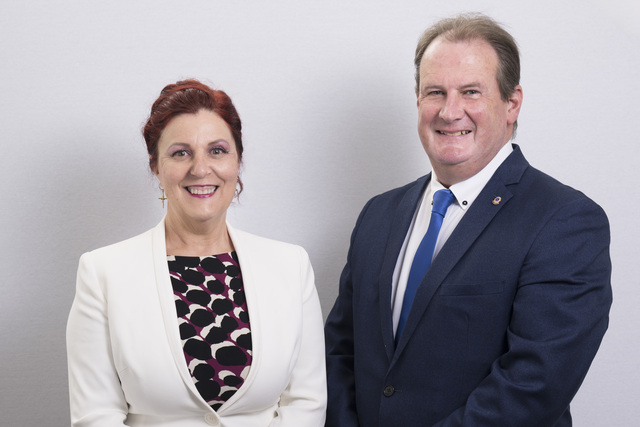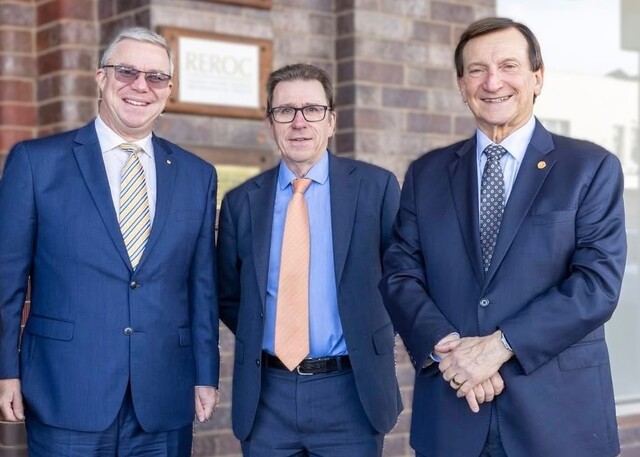Remote Indigenous communities are typically not the first place that comes to mind when the topic of economic development is raised, but it is as important in isolated corners of the Top End as it is in any metropolitan centre.
With small population bases and the tyranny of distance to overcome, providing a sustainable framework that will allow communities to exploit limited economic opportunities is one of the biggest challenges Roper Gulf Regional Council faces with its strategic planning.
Council’s fourth strategic goal is to support training, employment and economic development, not only within the organisation, but also within the diverse communities located inside the boundary of its Local Government Area.
But with just 947 rateable properties dotted across more than 186,000 square kilometres, it is not possible for Council to generate the additional revenue required to fund the infrastructure needed to drive economic development, a reality that requires an outside-the-square approach in order to make the goal achievable.
That approach involves fostering strong partnerships with the other two tiers of Government to secure the necessary funding, based on a mutual recognition of the critical role suitable infrastructure plays in supporting economic development and, indirectly, up-skilling locals to allow for the creation of new employment pathways.
Council has been extremely successful in providing local up-skilling opportunities as it has delivered much-needed infrastructure in communities across the Roper Gulf region over the past few years.
One of the best examples of this was the $1.45 million upgrade of the dirt road connecting Numbulwar to its airport in 2015, which was not passable to any vehicle for months each year.
The impact was so great that in order to access the airport during the wet season, community members had to tackle the 1.6-kilometre road on foot, a situation detrimental to service delivery for residents and businesses, in addition to nullifying potential growth opportunities.
Council recognised this, so funding was sourced from the Federal and Northern Territory Government to seal and bitumen the airport road, providing year-round access in and out of Numbulwar.
While the infrastructure itself went a long way to expanding Numbulwar’s capacity for development, the community also gained a long-term economic benefit from Council’s Community Development Program participants working with the contractor on the upgrade to learn civil construction skills that have remained local, and led to some participants securing employment on subsequent projects in the region.
Council anticipates a similar economic benefit as its $2.31m Growth Centre Transport and Freight Hub Project – a three-way funding partnership between Council, the Federal Department of Infrastructure and Regional Development, and the NT Government – takes shape in Numbulwar and Ngukurr over the next two years.
When it comes to rolling out infrastructure projects in some of the remotest communities in the NT, it is imperative that the knowledge and skills of locals are boosted in the process, because they are the real key to long-term economic prosperity.








